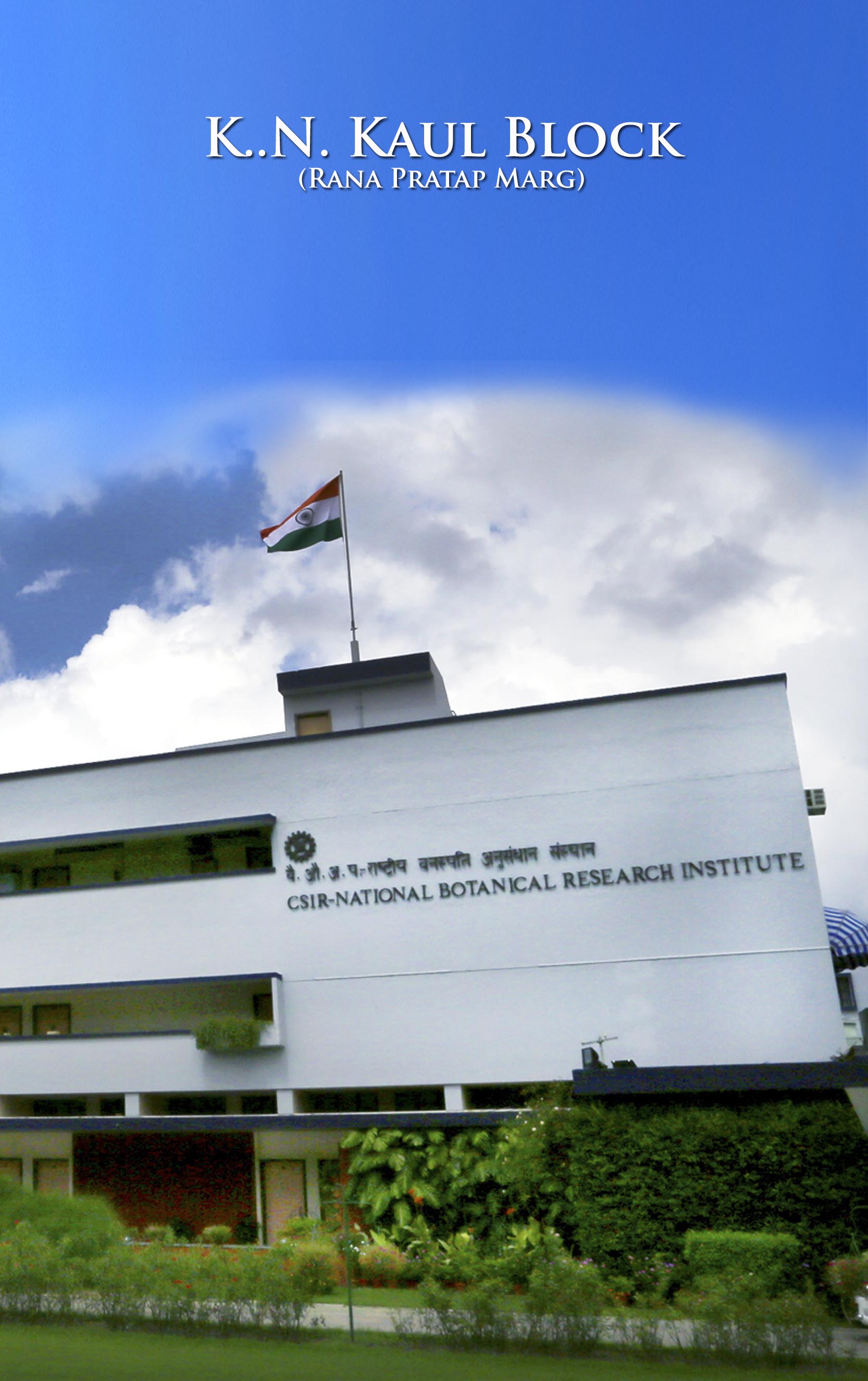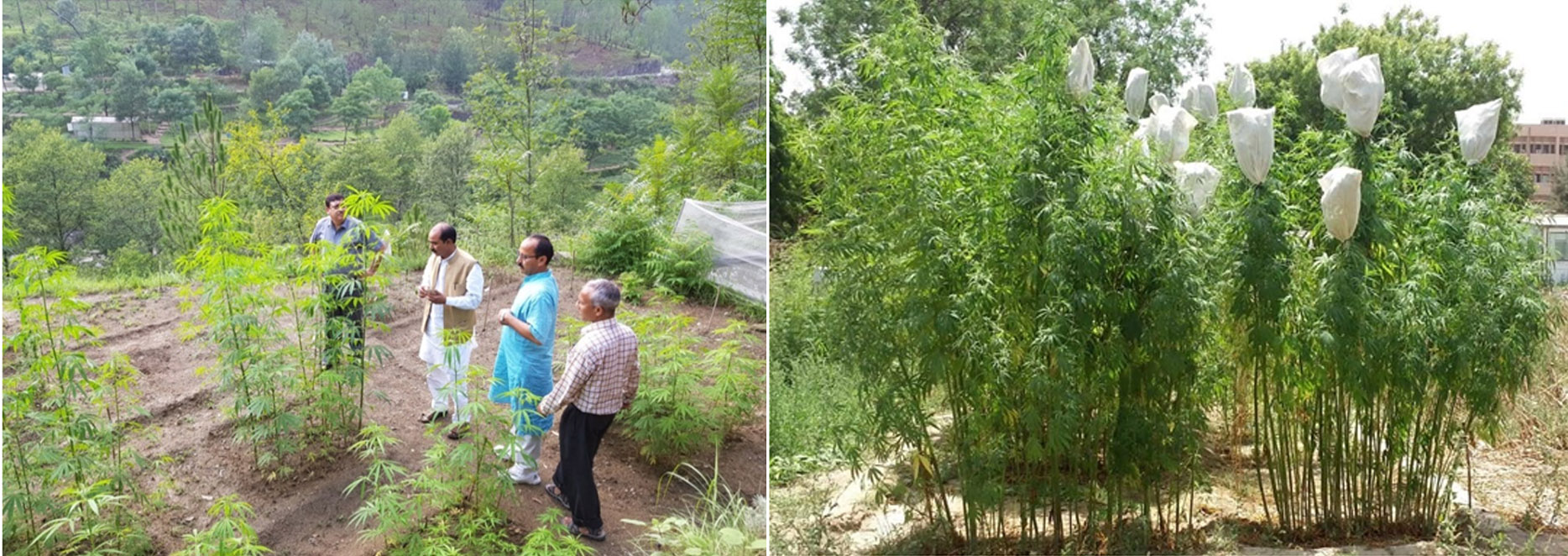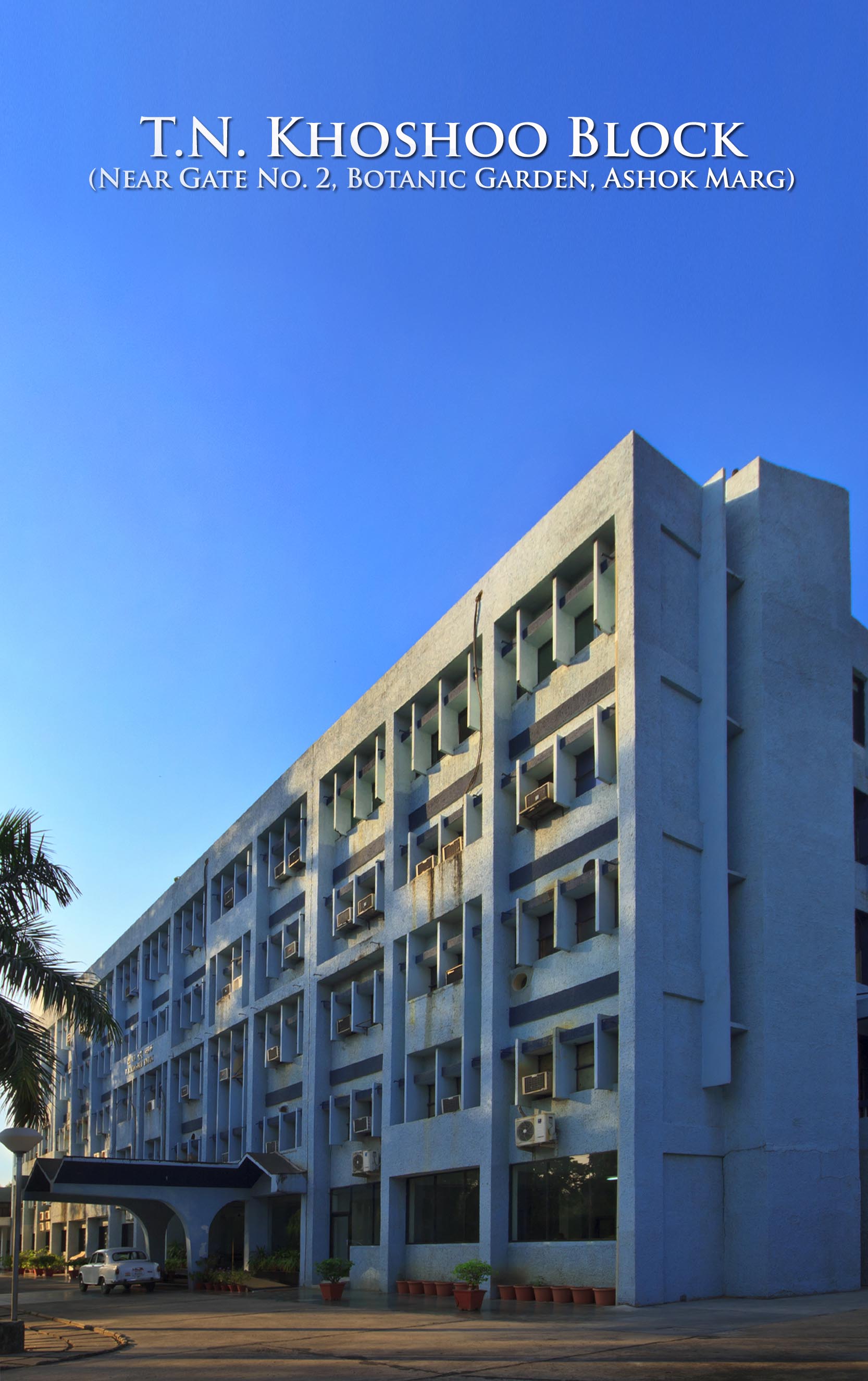
Cannabis sativa L. : A potential under-utilized crop for next green revolution
The Cannabis plant has regained its medicinal and industrial potential in recent years globally. Several countries like Canada, United States of America, Japan, France, Italy, Hungary, China, Denmark, other European countries, Australia etc. are leading in hemp cultivation and manufacturer of multi-utility products worldwide. The plant has been used for both industrial (THC <0.3%) and medicinal purposes (THC >0.3%). Presently, the crop has been considered as a “Trillion Dollar Crop”. There are more than 100 cannabinoids present in the plant among which THC and CBD are in major proportion. THC is psychoactive while CBD is non-psychoactive compound and only due to presence of high THC (Assumed >0.3%) in plant it is considered as a narcotic crop. Though, THC is being used for treatment of chronic diseases or symptoms, including Multiple Sclerosis, Crohn’s disease, Alzheimer’s disease, cancer and chronic pain. Some preclinical researches have advocated other potential therapeutic applications for non-psychoactive phytocannabinoids for example Cannabidiol (CBD). CBD has putative therapeutic applications for treating psychosis, affective and seizure disorders, inflammation, and neurodegenerative disease. CBD dampens the psychotropic effects and thus can counter the frequent and most unpleasant side-effects of isolated THC. Other positive effects of CBD in respect of alleviating THC effects are the dampening of tachycardia trigged by THC, normalisation of the slowed time perception caused by THC and a weakening of the THC-induced dazed state.
Beside this, Cannabis sativa L. (Industrial hemp) is commonly grown as a fiber, seed, biomass or other dual-purpose crop. The global market for hemp consists of more than 25,000 products. Hemp produces some of the best and most durable fibers of natural origin, immemorially used to produce ropes and sails for sea ships, paper, banknotes and even the first Levi’s Jeans. Its modern applications include a wide range of products, including fabrics and textiles, yarns and raw or processed spun fibers, carpeting, dashboard of exclusive cars, home furnishings, construction and insulation materials, auto parts and composites. The interior stalk (hurd) is used in animal bedding, raw material inputs, low-quality papers and composites. Hemp seed, oil and oilcake are used in cosmetics, personal care and pharmaceuticals, in a range of foods and beverages that can be an alternative food protein source or as an animal feed. Hemp seeds have a high content of easily digestible complete protein and a rich endowment of oil providing a favourable ratio of the linoleic (C18:2Ʊ6) and linolenic (C18:3Ʊ3) essential fatty acids required for proper human nutrition. Realizing the potential of Cannabis, several states like Jammu & Kashmir, Uttarakhand and Uttar Pradesh have framed policies for its cultivation either for R&D or commercial purposes. However, several others like Himachal Pradesh, Madhya Pradesh and Maharashtra are in process of finalizing policies for Cannabis cultivation.
CSIR-National Botanical Research Institute, Lucknow is the first R&D organization who has taken challenge for the development of variety having <0.3% THC and high fibre for industrial purposes on one side and high THC and CBD variety for medicinal purposes on the other. CSIR-NBRI played a major effort to push the Uttarakhand and Uttar Pradesh Governments for making a policy for cultivation of this very important plant. Uttarakhand Govt. has issued notification for the commercial cultivation of varieties having < 0.3% THC while U.P. Govt. has framed out the policy for issuing licence only for R&D purposes. CSIR-NBRI has initiated preliminary research activities under PPP model with Bombay Hemp Company Pvt. Ltd. (BOHECO). CSIR-NBRI is also involved in initiating R&D programs with the collaboration of Manipur Govt. for streamlining the cultivation of Cannabis crop in Manipur for the rational and socio-economical upliftment.

The cultivation of Cannabis sp. in India is prohibited under NDPS Act 1985 and it comes under the jurisdiction of State Governments. There was no any Govt. policy framed out for its legal cultivation unlike Opium Poppy. CSIR-NBRI was the first R&D organization who took the challenge to initiate the genetic improvement program and BOHECO sponsored a project to CSIR-NBRI under PPP model. CSIR-NBRI along with BOHECO made very sincere and hard efforts to get the licence from the State Govt. of Uttarakhand and Uttar Pradesh for the last 2-3 years.
